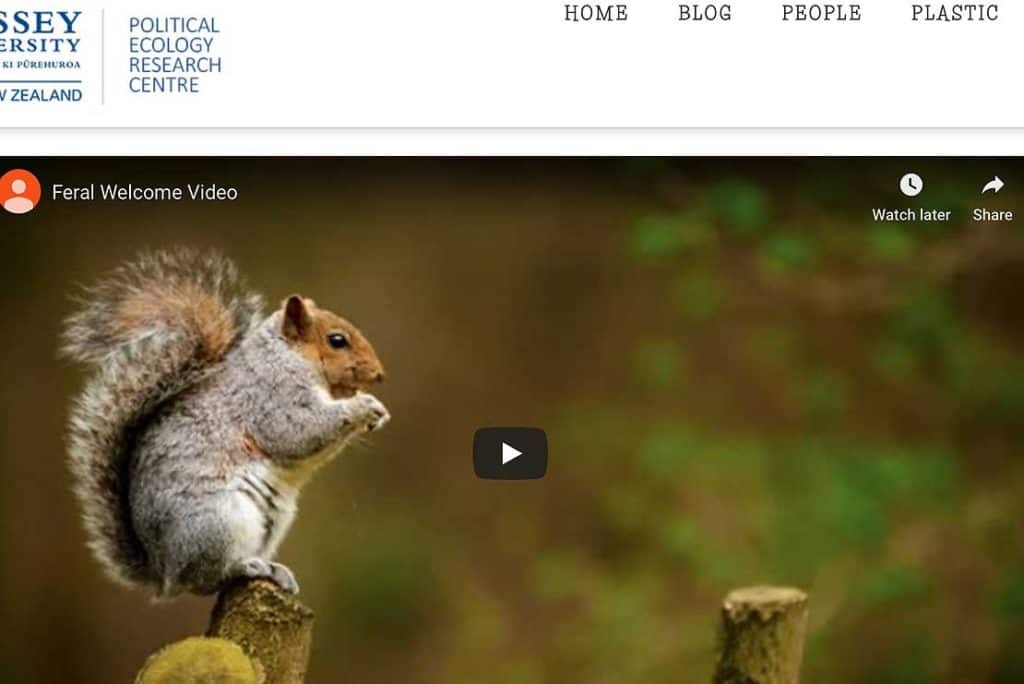I originally became interested in the conference “Defining Nature in a Globalizing World”, co-hosted by Massey University Political Ecology Research Centre (PERC) and Wageningen University Centre for Space, Place and Society (CSPS) because it was carbon-neutral and worldwide, for those of us with low or nonexistent travel budgets. See link here. I also really liked how respectful folks were in the comments. Here is a link to the abstracts. Here is a link to the keynote talk by Mark Davis, of Macalester College in Minnesota.
We’ll hear more from Irus Braverman, one of the commenters, in later posts on our site.
Davis says “History is not a directive… restoration goals are management decisions” . Sound familiar? Oh, but someone changed “historic range of variation” to “natural range of variation”- so that’s a different idea (or is it?), currently enshrined in the 2012 NFMA Planning Rule. So ideas matter and it is open to all of us to question those ideas.
Macalester talks about the “Nativism” paradigm and its current popularity in the fields of conservation biology and restoration ecology. This is one of those talks in which values and views of scientific disciplines are teased apart. As he says, this is an interaction between the fields of environmental philosophy, history and sociology of science, and various scientific disciplines about the definition of Nature. But each individual person gets to have our own “ideas about things”, in this case, about the nature of Nature, which are just as legitimate as anyone else’s. These are not particularly complex ideas to grasp, nor do any particular group of scientists or philosopher have authority to determine which ideas are OK.
Here are some comments from the Davis keynote talk which may resonate with Smokey Wire concerns and issues.
Comment from Marianne Milne:
The challenges for ecologists or perhaps us all is to decide what is it that we need to do to retain biodiversity in our local spaces. I too would like to see a move away from the war on weeds/war on pests analogies but also fear loss of whole species if unbalanced ecosystems are left to their own devices. How do we manage our wild spaces? Which immigrants are tipping the scales and need active management. Which can or should be eradicated and which can we manage alongside. The context is different for each spaces and dependent on presence of species threatened with extinction. I love the idea of novel ecosystems but there is a place for preservation of unique species. So much rapid change, so much unpredictability. How do we build resilience?
Response from Mark Davis:
Hello Marian, you pose several good questions. Adopting the ecological novelty paradigm certainly does not mean that ecosystems should be left to their own devices. There is no easy answer to your question regarding how to manage our wild (or not wild) spaces. There is no ecological or divine imperative to guide us. It is up to us to decide how we want to manage the environment, which will emerge from our value systems. Do we want to manage for productivity, biodiversity, to prevent erosion, to protect a particular endangered or unique species? Our objectives will vary from site to site and ultimately will be decided in the public square. What does society value?–Mark
Davis also touches on how ideas get supported in different scientific communities, and how hard it is to break free of a paradigm once established and funded in a scientific discipline.
You all are invited to check out this conference and see what else you might find interesting, and comment below.

Thanks for sharing, really interesting!
“Our objectives will vary from site to site and ultimately will be decided in the public square.”
Exactly, and since you brought up “natural range of variation” here and here: https://forestpolicypub.com/2019/05/23/fire-footprint/ …
NFMA adopted a diversity requirement, in the public square. The 2012 Planning Rule adopted a requirement for “ecological integrity” defined as NRV, in the public square. Forest plans are supposed to apply that objective locally, in the public square. My position is that it’s more productive at this point to talk about how individual national forests are implementing this than to “question the idea” philosophically (which the agency just did, in the public square).
From that other thread: “You only have to look at the plethora of fire acreage charts, to think that picking a point in history that is appropriately “ecological” is difficult and ultimately just another human value judgment (under the mantle of HRV, NRV,”reference conditions” or whatever).”
I agree there is a value judgment. What is “appropriately ecological” (the “N” part of NRV) is intended to provide “resilience,” which is based in part on economics and other factors – what condition is most likely to be sustainable with the least cost and risk to human society. There is no requirement to “pick a point in history,” but there is an assumption (which can be refuted) that the past can be instructive for the future.